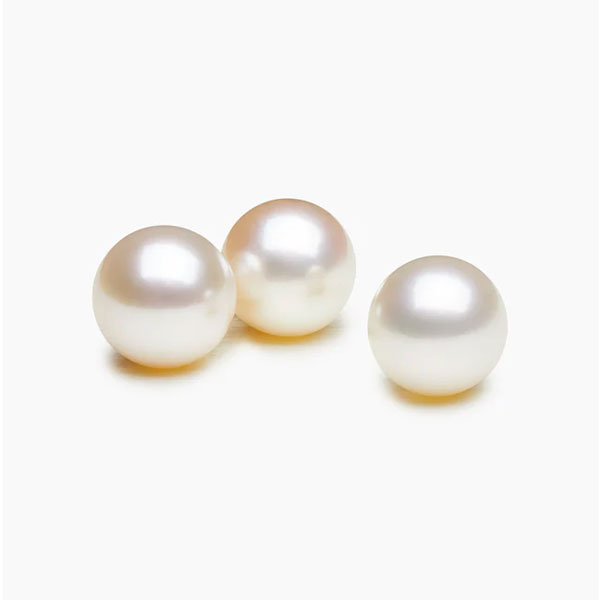Natural Pearls : A pearl is any concretion, pearly or otherwise, found in various species of freshwater marine mollusks, univalves and bivalves.
Pearls are of organic origin and produced at the bottom of the water. They are probably one of the gems that man first used in his ornamentation and adornment when he found them inside the mollusks he ate.
Although in theory any mollusk can be a pearl producer, most of these are of little value, with a marked preference for pearls produced by oysters belonging to the Pinctada genus, which are called Oriental Pearls. Other genera such as Strombus, Haliotis, Unio also produce pearls, which are increasingly used in jewelry, but less appreciated.
- Types of Pearls: There are basically three types of pearls.
- Blister Pearls They are formed attached to the shell, have a more or less flat appearance and are only pearly on one side.
- Cyst Pearls They originate in a pearl sac and have a rounded, ovoid or pear-shaped appearance, with a completely pearly surface, being the most appreciated.
- Baroque Pearls They are pearls that also originate in a pearl sac, but that have irregular shapes.
- Pearl Seed Small pearls, that weigh less than ¼ gram
CULTURED PEARLS
Cultured pearls are formed by oysters in the same way as natural pearls.
The only difference is that in nature the nucleus is introduced by chance and in cultured pearls it is the
human being who places a nucleus of nacre, a piece of mantle or an incision, which over time becomes surrounded by
pearly material.
TYPES OF CULTURED PEARLS
Cultured Cyst Pearls Rounded and obtained by inserting a round nucleus into the mantle or the gonad (sexual organs).
Cultured Blister Pearls The nucleus is semi-spherical and is inserted between the mantle and the shell. Once surrounded by pearl-like material, the whole is cut and the lower part is polished, or a sheet of mother-of-pearl is glued on, which is rounded and polished (doublet). Another system consists of sectioning and removing the nucleus that was introduced, replacing it with a more appropriate one and sealing the back part with various techniques (Mabe pearls).
Freshwater Cultured Pearls There are two types.
Biwa Pearls In Lake Biwa (Japan) a freshwater mussel is cultivated that produces pearls without a nucleus, generally ovoid, with good luster and white in color.
Chinese Freshwater Pearls In China another similar species of mussel is cultivated that exists in the backwaters of rivers, ponds and lakes of this country.
Keshi Pearls These are marine pearls without a nucleus. They are produced when the oyster rejects the nucleus introduced by humans. But since the conditions necessary for the animal to produce pearls have already been created, they are produced without the need for a nucleus.
Places of production and origin
For the production of cultured pearls, the same species of molluscs that produce natural pearls are used, but
they are kept in artificial hatcheries that are true marine farms
In Japan, where this industry first developed, pearls are cultivated in the Pinctada radiata oyster, commonly known
as Akoya, but due to its small size, 8 to 12 cm, it is not possible to obtain pearls with a diameter greater than
8-10 mm.
The Japanese introduced their cultivation systems in Micronesia, in the Palau Islands, when they were under
their protection, in the period between the two world wars.
Australia also uses Japanese techniques, in its farms in Kuri Bay. It uses the Pinctada maxima oyster that grows up to 30 cm and produces larger pearls, between 12 and 20 mm in diameter.
In French Polynesia, in the Toamotu archipelago, black pearls of very diverse shades and great beauty are cultivated in the black-lipped oyster.
Biwa Pearl The so-called Biwa pearl is a pearl cultivated in the Japanese lake of the same name and is
cultivated in a freshwater mussel, native to said lake.
Its characteristic is that it does not have a solid nucleus, since only the piece of mantle is inserted and as
the mother-of-pearl is produced, it is reabsorbed. Pearls can have various shapes. Exceptionally, solid nuclei are
also used in the cultivation of these mussels, obtaining more spherical and larger pearls.
** CONSULT PRICES








